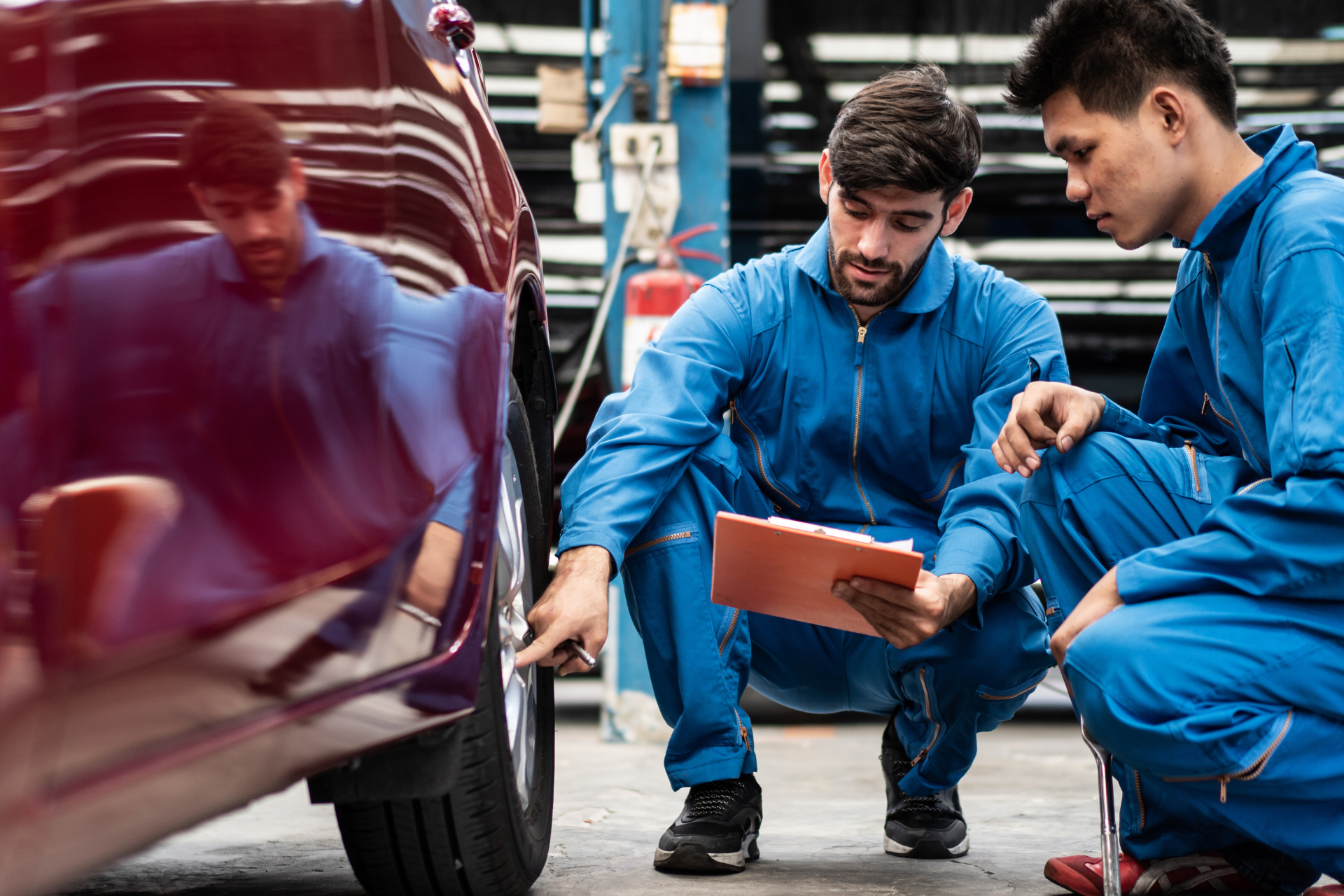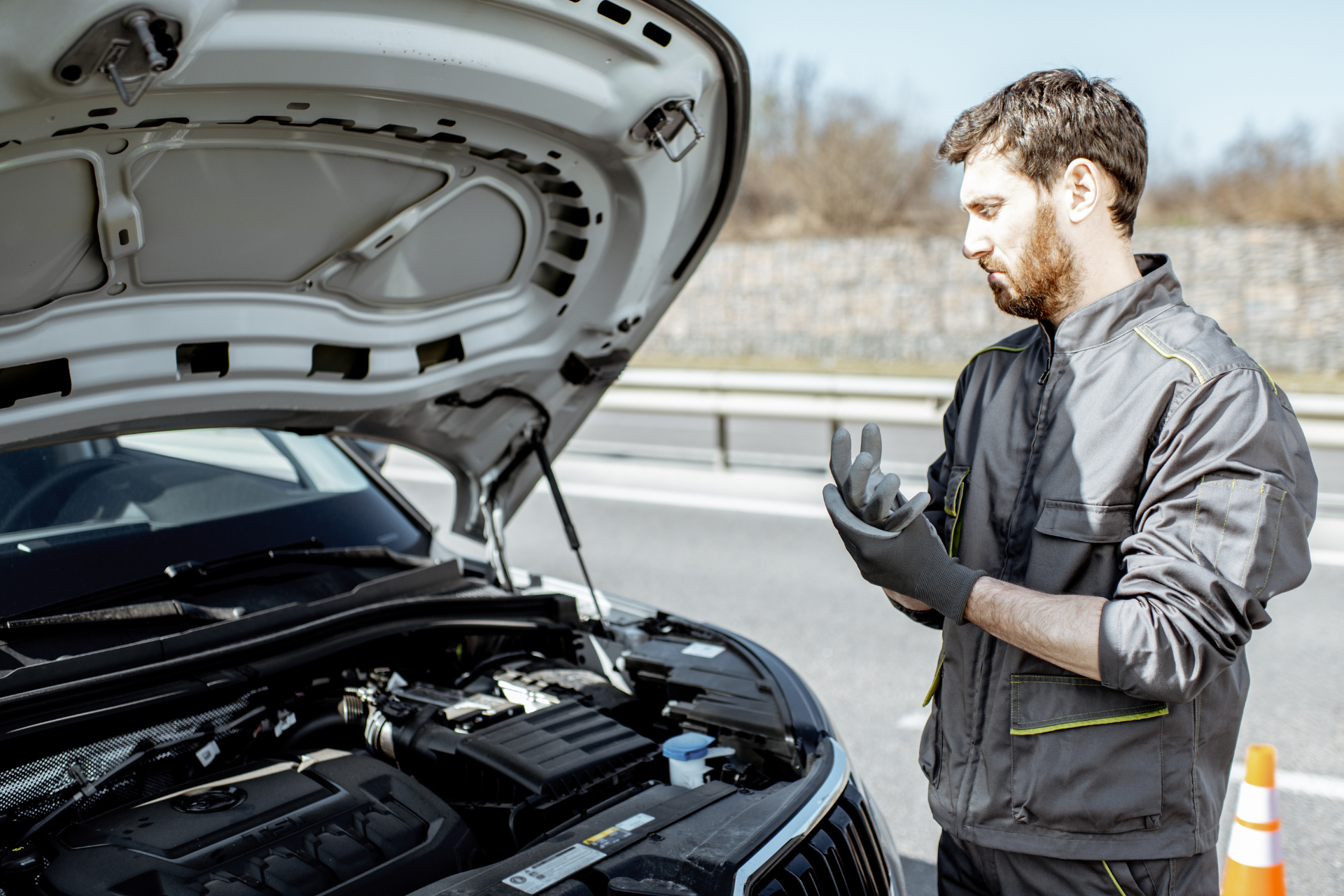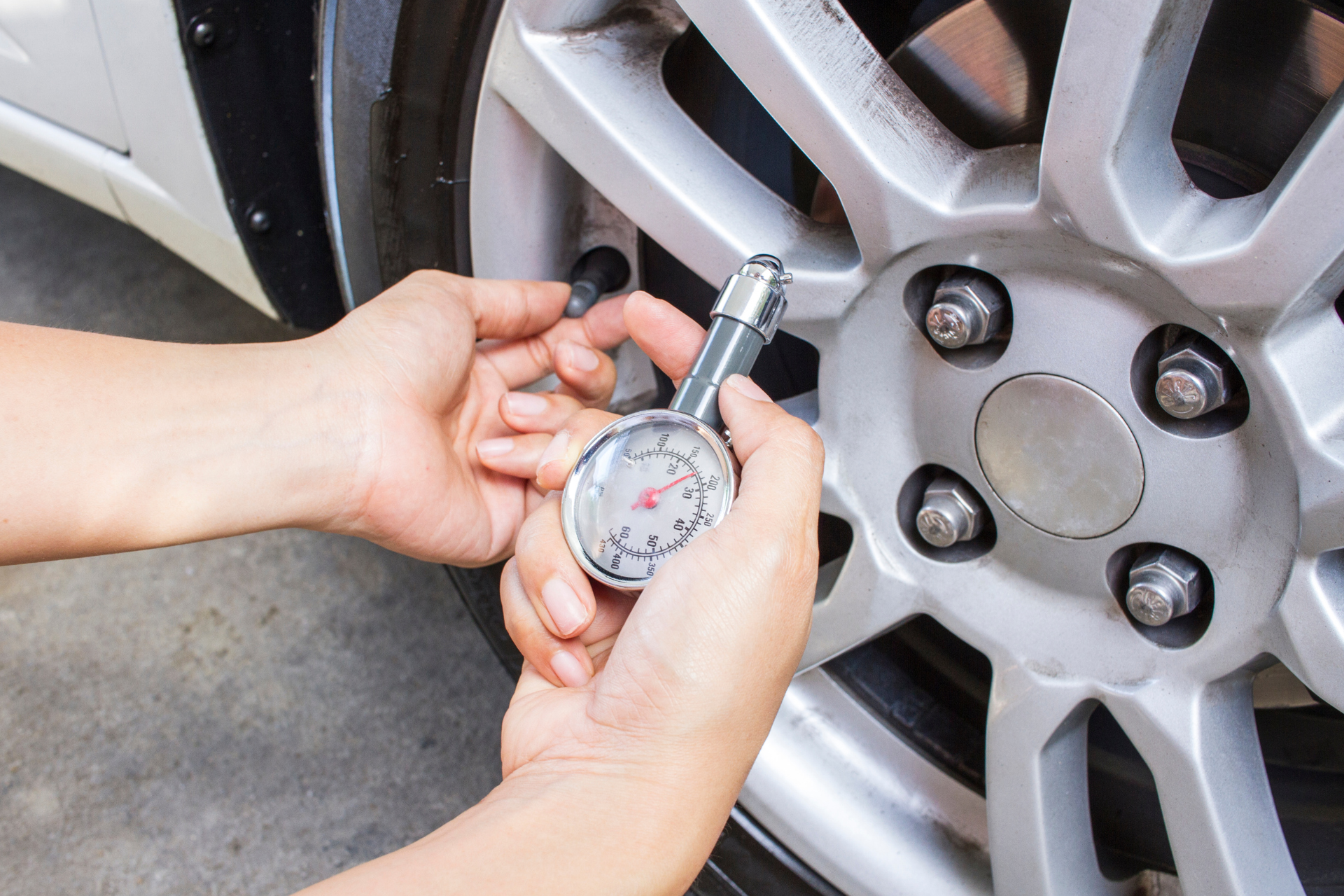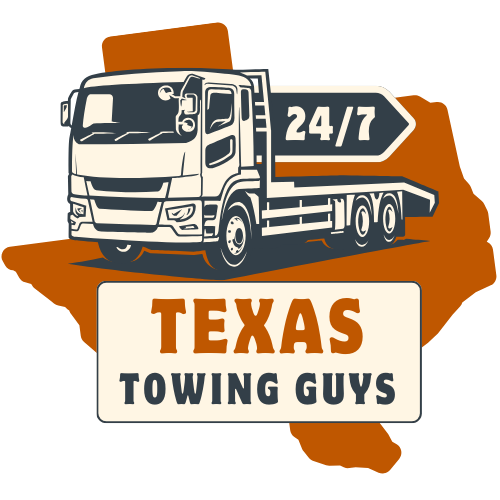The Right Way to Jump-Start Your Car (And Why DIY May Not Be Safe)

Hey there, fellow Texas drivers! We all know how tough it can be when our vehicles decide to take an unexpected nap, especially when you’re in a hurry to get somewhere important. A dead battery is one of the most common culprits, but fear not—jump-starting your car can be a simple solution. However, there’s a right way to do it, and sometimes, attempting a DIY jump-start can be more dangerous than you think. Let’s dive into the nitty-gritty of jump-starting your car safely.
Step One: Gather Your Tools
Before you jump into action, make sure you have the right tools on hand. You’ll need a reliable set of jumper cables and a working vehicle with a healthy battery. Remember to wear gloves and, if you have them, safety goggles. This isn't just a free-for-all; there’s electricity involved, and safety should always be your top priority.
Step Two: Position the Vehicles Correctly
If you're jumping from another vehicle, park the good battery vehicle close to the one with the dead battery, but not so close that they touch. Ensure both cars are in ‘park’ with their engines off, and remove any metal jewelry that could accidentally create a short circuit.
Step Three: Understand the Correct Order of Connections
Here’s where many DIYers stumble. To safely connect the jumper cables, follow this order:
1. Red to Dead
Start by connecting one end of the red (positive) cable to the positive terminal of the dead battery.
2. Red to Good
Next, connect the other end of the red cable to the positive terminal of the good battery.
3. Black to Good
Now, take the black (negative) cable and attach one end to the negative terminal of the good battery.
4. Black to Ground
Finally, connect the other end of the black cable to an unpainted metal surface on the car with the dead battery—this acts as a ground. Avoid connecting it directly to the negative terminal of the dead battery to minimize any spark risk.
Step Four: Start the Good Vehicle
With everything connected, start the vehicle with the good battery. Let it run for a few minutes to charge the dead battery. After that, try starting the dead vehicle. If it doesn’t start right away, wait a few more minutes and try again.
Why DIY Jump-Starting Isn’t Always Safe
While the process may seem straightforward, jumping a car isn’t without its risks. Misconnecting the cables can lead to a battery explosion or electrical failure. Additionally, if your battery has been failing frequently, it could be indicative of a larger issue that a simple jump won’t resolve. Instead of playing mechanic and risking damage to your vehicle, it might be wiser to call in the professionals.
At Texas Towing Guys, we specialize in roadside assistance and are just a call away to help you safely jump-start or tow your vehicle. Our experienced team knows how to handle these situations securely, leaving you free from worry.
Next time you're stuck with a dead battery, remember that while jumping it yourself is an option, the peace of mind that comes from calling the experts is often worth it. Stay safe on the roads, Texas!




